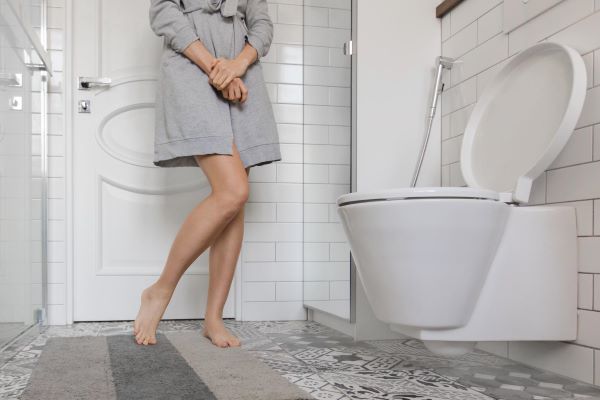Urinary incontinence is a common problem, especially among women, that can have a significant impact on quality of life. One of the main causes of urinary incontinence is the weakness of the pelvic floor muscles, whose function is to support the bladder and help control urination. Pelvic floor strengthening exercises, also known as Kegel exercises, are an effective and non-invasive method of dealing with this problem.
Pelvic floor strengthening exercises improve the muscle's ability to support the bladder
The connection between urinary incontinence and pelvic floor strength is clear. When the pelvic floor muscles are weak, they have difficulty providing adequate support to the bladder and keeping the urethra closed. As a result, sudden pressure on the bladder, such as when coughing, sneezing, or lifting weight, can cause involuntary urinary incontinence. Exercises to strengthen the pelvic floor Regularly can significantly improve the ability of the muscles to support the bladder and prevent leaks.
Kegel exercises involve a deliberate and controlled contraction of the pelvic floor muscles, with an emphasis on the correct technique. By repeating cycles of contraction and relaxation, the strength, endurance, and coordination of the muscles can be gradually increased. Studies have shown that women who perform Kegel exercises regularly experience a significant improvement in urinary incontinence symptoms, up to 70% of women report a decrease in the frequency and severity of leaks.
In addition to preventing urinary incontinence, pelvic floor strengthening exercises have other benefits. They can help prevent pelvic organ prolapse, improve sex life, and contribute to overall core stability. For pregnant and postpartum women, these exercises are essential for pelvic floor recovery and the prevention of future problems.
It is important to note that while Kegel exercises are effective for many, there are times when an additional therapeutic approach is required. In cases of severe pelvic floor muscle weakness or anatomical problems, interventions such as biofeedback, electrical stimulation, or even surgery may be necessary. However, for most people suffering from urinary incontinence, pelvic floor strengthening exercises are an excellent starting point and can bring about a significant improvement in the quality of life.
In conclusion
The connection between urinary incontinence and pelvic floor strength is clear, and Kegel exercises are an effective and non-invasive strategy for treating this problem. By taking the time to regularly and correctly exercise the pelvic floor muscles, many can experience a significant improvement in urinary incontinence symptoms and overall quality of life. However, it is important to consult with a physician or qualified practitioner before starting an exercise program, especially in cases of severe or persistent urinary incontinence, to ensure that this is the most appropriate approach for each individual's specific needs.


